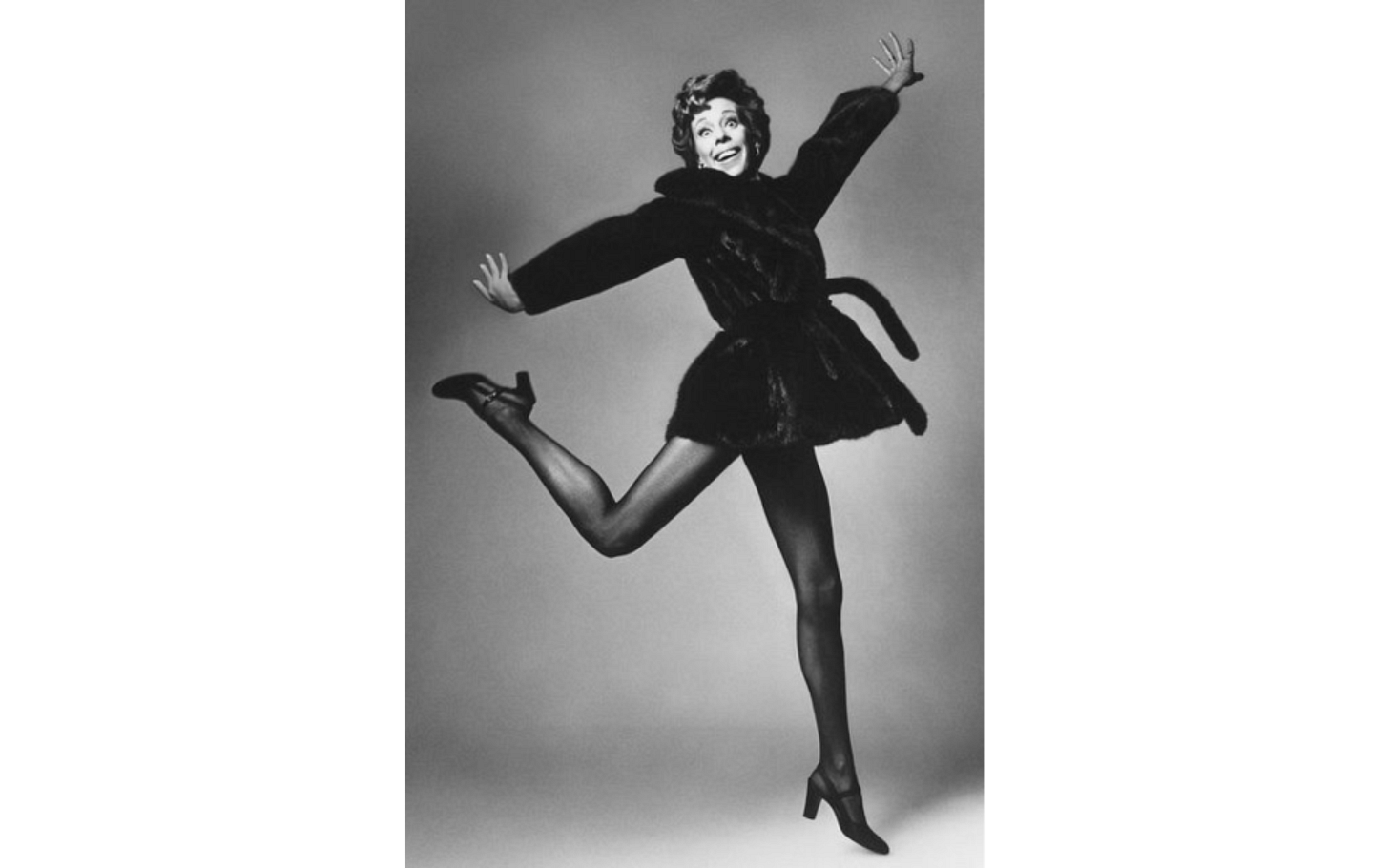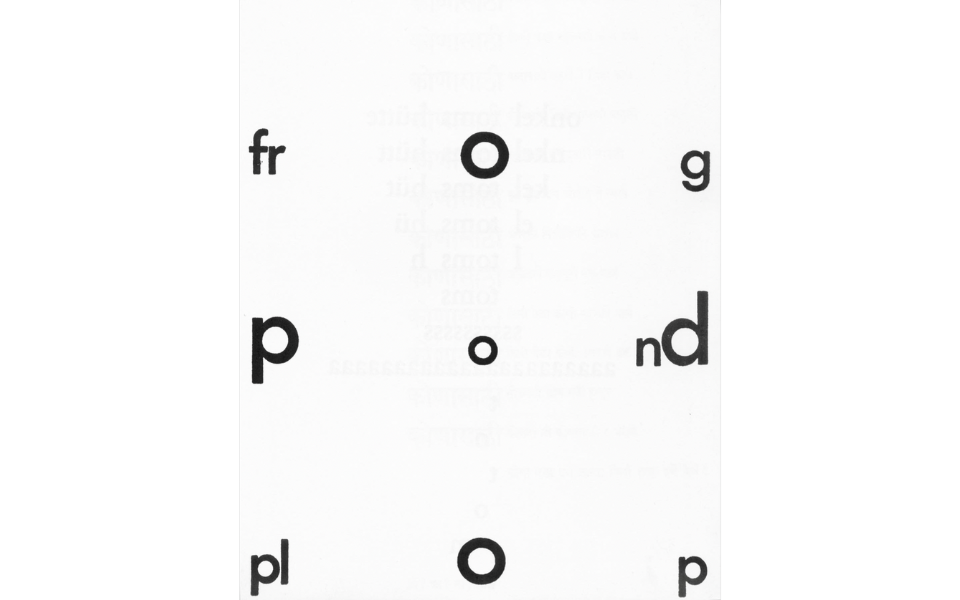Jump!
What do you need to fly?
Welcome back to The Ecstatic Review!
Each issue of this exploratory newsletter can be enjoyed on its own or as part of the greater whole, depending on which experience you choose. The first few have been full of context to create a supportive trampoline for jumping on—which brings us to the topic of this one.
The Pointer Sisters are leading us in this week with what else: Jump (For My Love)! This whole album was on heavy rotation at our house when I was a kid, and I thought it was the coolest thing that my favorite girl group was also from the Bay Area. I got to meet them after a performance of Ain’t Misbehavin’ at The Golden Gate Theater in 1996, and I remember being totally starstruck.
For an enhanced experience, check out the music video—it features The Pointer Sisters being sensational along with track athletes competing in jumping events.
On that note, let’s (walking right into it) jump in:
HERE'S AN IDEA
The trampoline
Something I think about constantly is this:
How easy it is for those of us in creative fields to get stuck inside of the same boxes that we’ve worked so hard to stay out of.
If you’ve been here for a little bit, my incessant contemplation of this won’t surprise you: I wrote about my own experience of it in “What shape do you make?”; last week I talked about the inundation of my Instagram feed with scalable shortcuts; just a couple of days ago I was being interviewed on a podcast and the host astutely pointed out how even the subject of rest is full of opinions about how exactly you should do it.
And then there are the frameworks. Is it just me, or does everybody have a framework? There are frameworks for work and frameworks for play, frameworks for doing things and frameworks for not doing things, frameworks for how to make frameworks. I fully expect to open up a history book in 50 years and see 2023 listed as The Year of the Framework.
I don’t have a problem with frameworks; they can be useful tools. I want a good framework for things like making legal decisions and managing my finances. I see the value of a framework in areas like business strategy and data analysis. Sometimes I’ll even pull one in when working on something like positioning, as an organizing exercise along the way.
But when it comes to freely and fully sharing my kaleidoscopic voice with the world? I don’t want a framework.
I want a trampoline.

I started thinking about trampolines a little over 20 years ago, when I was strongly considering dropping out of college.
I was back home for the summer and on Sundays I’d wake up early and drive to a small studio in The Pointer Sisters’ city of Oakland to practice a rigorous acting method called Suzuki. Before we began two sweaty hours of stomping and squatting and rapidly reciting passages from Greek tragedies, our teacher would serve us tea and talk.
“Acting training is like building a trampoline,” he said one morning. “The physical work, the text analysis, the character development: you do those things to create a supportive foundation—a solid base, a flexible net, springs in all the right places—so that you can jump.”

Sharing your voice is a lot like jumping on a trampoline. It isn’t necessarily loud, but it is out loud. Often it’s a full-body act. A living conversation of give and take. It can feel exhilarating and terrifying. Safety is important. So is play.
All of the reflection and technique that’s built into the foundational work of voice is there so that you can ultimately jump. Because when you do, you’ll need something that won’t just support you, but propel you. And then catch you, again and again.
Whenever I’m coaching someone on something like speaking, I look at every part of the equation: What is the preparation like? What is the delivery like? What is the content? What is the form? Where is the logic? Where is the freedom? What I’m really looking for is the state of the trampoline.

Last week I shared that one of my problems with the many shortcuts that I’m constantly being marketed on Instagram is that they can prematurely limit you or promote the abandonment of your own logic. Another problem I have is that they’re not really shortcuts. I know this because I spend a lot of time fixing the adverse effects of someone or something not providing the right kind of foundation for jumping.
It’s why I developed the Ecstatic Voice approach in the first place—because I got a lot of calls from brilliantly creative peers who were struggling to jump: not because they weren’t capable, but because they just needed the right apparatus for the particular kind of jumping they were being called to do.
One that is grounding, amplifying, and safe. That’s built for flight, and also for soft landings. And that you don’t have to go back and rebuild every time, because it’s all already there: A solid base to hold you. A flexible net to catch you. Springs in all the right places, to propel you to new heights.
So that all you have to do—all you get to do—is jump.
LET'S PRACTICE
This week, I invite you to think about a type of jumping you’d like to do. Maybe you want to feel freer in your primary creative expression. Or maybe you want to start sharing your work more, but in a way that feels true to you. Maybe you want to talk to your phone camera without freezing up, or finally start putting your portfolio together.
Once you’ve picked something, think about the type of trampoline you need for this experience to feel grounding, amplifying, and safe. Three helpful questions:
What do you need to hold you?
What kind of baseline structure would feel solid, but not constricting?
What do you need to catch you?
Where would you benefit from having a net, and how flexible do you need it to be?
What do you need to fly?
What are the springy parts? The ones made for audacious and out-loud play?
I’d love for you to share an insight or two in a comment below! And if you’d like some support from me and EV, this is the place to start.
NOTE OF ENCOURAGEMENT
I came across this delightful illustraton and translation of Matsuo Bashō’s classic haiku on Instagram this week, thanks to Alex Balgiu:

Haiku is a great example of a poetic trampoline: full of imaginitive imagery (classic haiku include at least three images) and just enough structure to support plenty of play.
I’ll likely talk more about haiku in the future because it’s a tool I love to bring into voice training, but for now I’ll share with you a few favorite translations of this one that’s all about jumping—and invite you to come up with your own:
old pond
a frog jumps into
the sound of water
Breaking the silence
Of an ancient pond,
A frog jumped into water —
A deep resonance.
The old pond
A frog jumped in,
Kerplunk!
Wishing you a wonderful week of jumping for your love. See you soon!
P.S. If you enjoyed this act, I’d love it if you’d tap or click the heart below and/or leave a comment—that will help others discover it on the way to building their own trampoline. Thank you & kerplunk!
P.P.S. As always, if you know someone who would enjoy The Ecstatic Review, please pass it along! All are welcome, and every voice makes this show that much fuller.



I adore all the images of people (grownups!) jumping. When I looked up the etymology of PLAY, I found this:
As a verb, it ultimately comes from the Old English plegian, which is related to the Middle Dutch pleien, meaning “to leap for joy” or “to rejoice.”
Here's to lots more play, jumping and joy!
I love the balance of hold, catch, fly! I'm already noticing how I tend to think about one more than the others. Lots to play with for my next expressive act. Thank you, Cate!